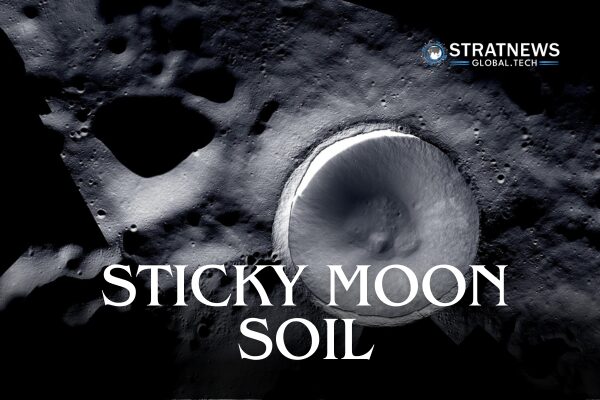Chinese Scientists Explain Why Moon’s Far-Side Soil Is Extra Sticky
Chinese scientists have discovered why the lunar soil collected by the Chang’e-6 mission from the far side of the moon is unusually cohesive. The sticky and clumpy texture of these samples, unlike those gathered from the moon’s near side, has fascinated researchers since their return to Earth in 2024.
Experiments Reveal Key Soil Differences
A team from the Institute of Geology and Geophysics under the Chinese Academy of Sciences led the investigation, publishing their findings in Nature Astronomy. To study the unusual soil properties, the team performed fixed funnel and drum tests to measure the soil’s angle of repose — an important measure of how granular materials behave when poured.
The results showed that the Chang’e-6 soil had a much higher angle of repose than near-side samples. This means the far-side soil flows less freely, behaving more like cohesive terrestrial materials than loose sand.
Texture and Shape Influence Stickiness
The scientists found that the fine texture of the far-side soil plays a crucial role in its cohesiveness. While near-side lunar soil resembles sand, the far-side sample is closer in consistency to flour. As a result, it clumps together easily.
Moreover, the particles from the far side are angular and rough. These shapes increase surface contact and enhance electrostatic attraction, making the material even more cohesive. Together, the fine texture and rough surfaces make the soil sticky and resistant to flow.
Harsh Environment Shapes the Lunar Soil
The team linked these differences to the distinct space environments on the moon’s two sides. The far side experiences more frequent meteorite impacts and greater exposure to charged particles because it lacks the Earth’s magnetic shield. This environment constantly bombards the surface, breaking down and melting rocks into finer, sharper fragments.
Over time, these relentless collisions have produced the sticky, flour-like lunar soil now observed on the far side.
Implications for Future Lunar Missions
Researchers say the discovery could prove vital for future exploration and base construction on the moon’s far side, where soil behaviour affects both landing stability and building design.
In 2024, the Chang’e-6 mission made history by returning 1,935.3 grams of samples from the moon’s South Pole-Aitken Basin — its largest and oldest crater — offering scientists new insights into lunar evolution and surface conditions.
with inputs from Reuters


